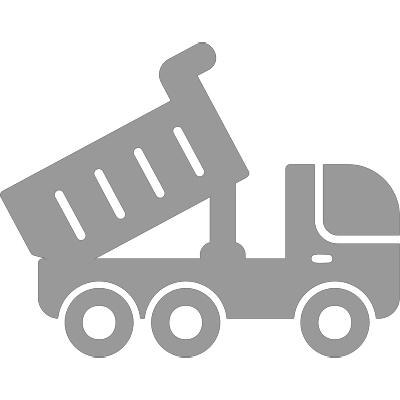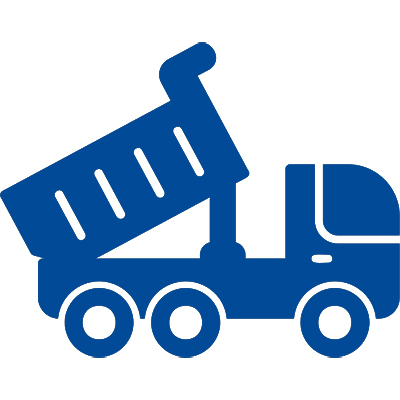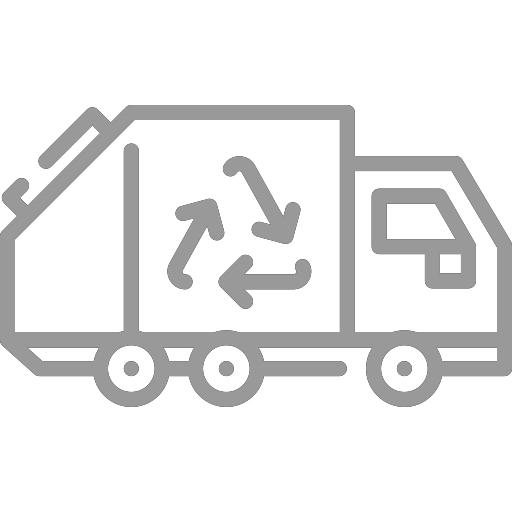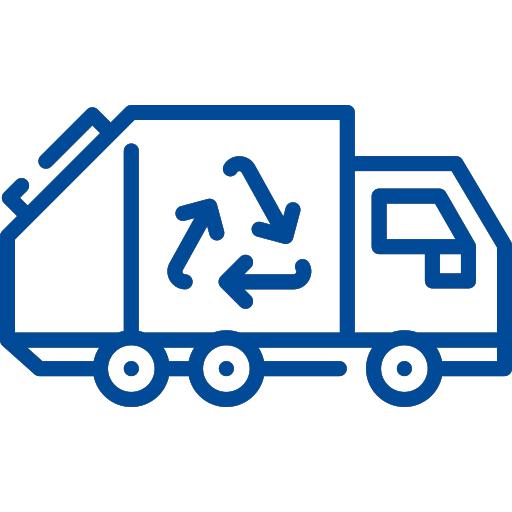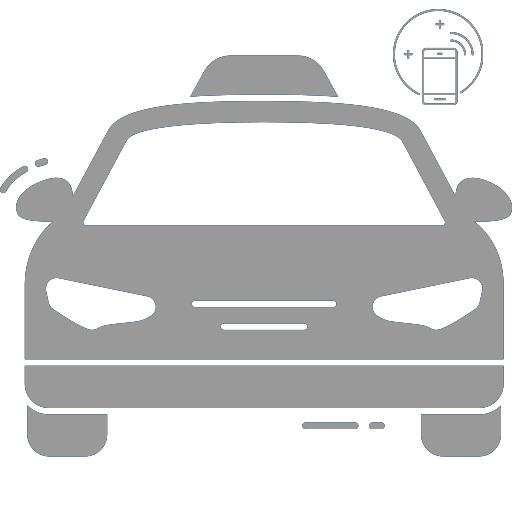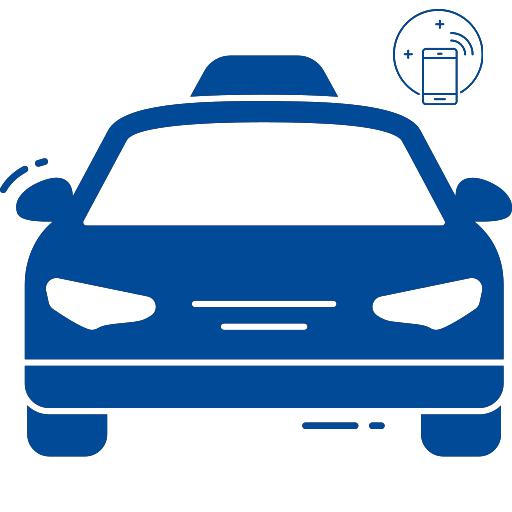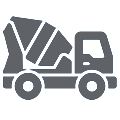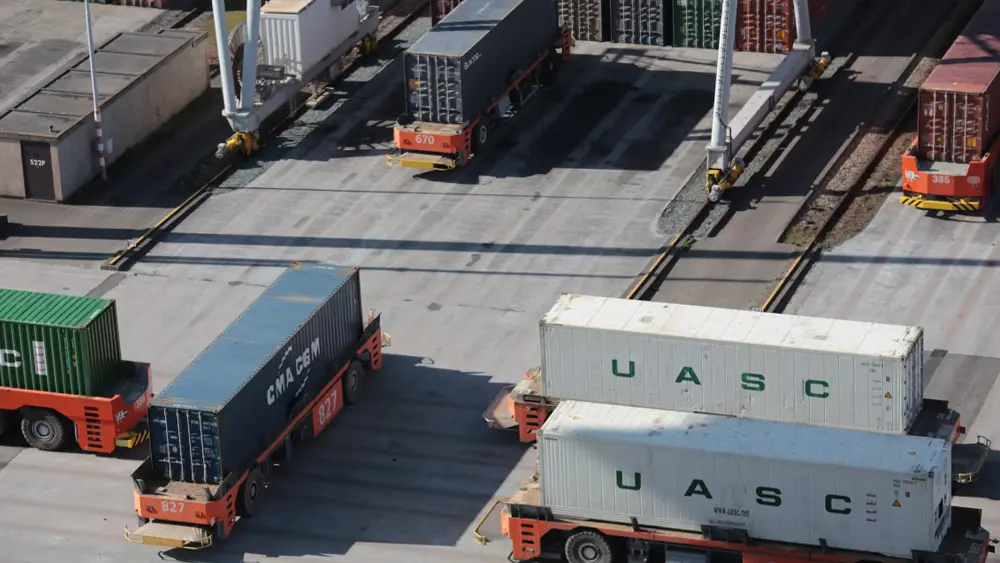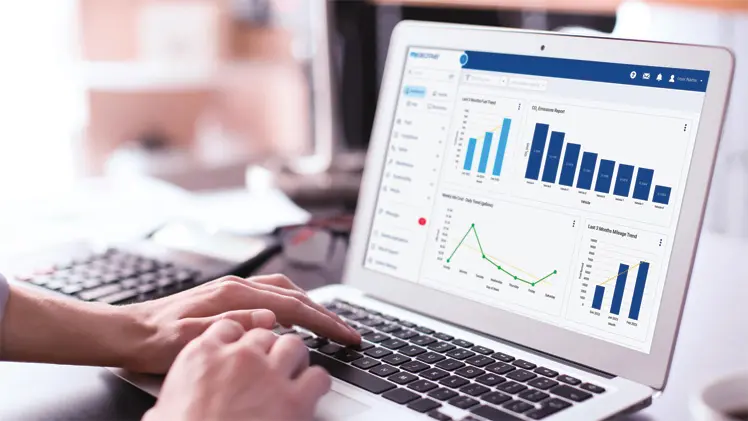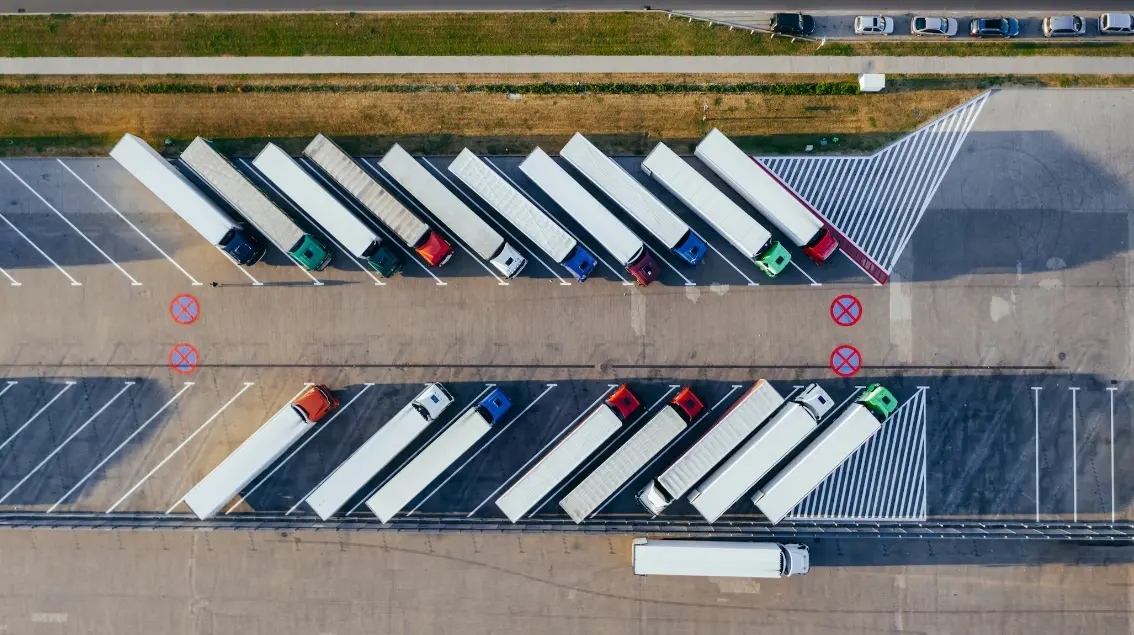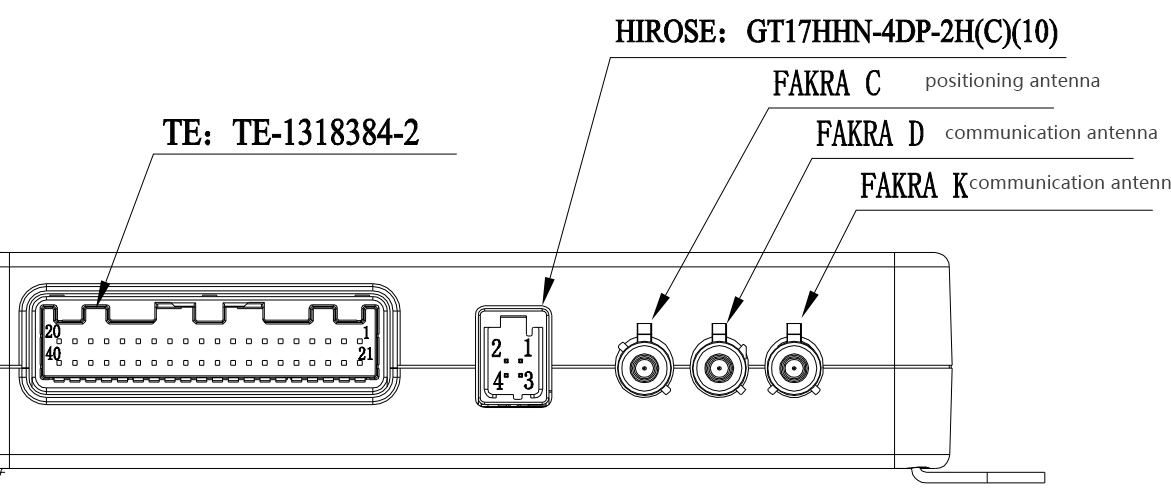Telematics for Commercial Fleet Management
Telematics for Commercial Fleet Management
What is Telematics?
Telematics combines two distinct technological fields:
- Telecommunications: The transmission of information using various technologies.
- Informatics: The processing of data for storage and retrieval.

In fleet telematics, information about drivers and vehicles (e.g., vehicle location, fuel usage) provides valuable data to fleet managers, helping improve different operational areas.
Components of Vehicle Telematics
A basic telematics system consists of the following components:
- Fleet Tracking Devices: Installed via the ODBII (On-Board Diagnostics) port or a 3-wire engine connection. Once operational, these devices collect data via 4G cellular or satellite services.
- Management Platform: Data is displayed and analyzed through fleet management applications on desktops, tablets, or mobile devices.
Types of Data Collected
GPS Fleet Tracking Data: Includes real-time vehicle location, driving speed, idling time, emergency braking alerts, and other metrics to improve overall productivity and safety.
Below are system components and the data they collect:
1. Engine Control Module
- Driving speed
- Brake usage (regular and emergency)
- Engine oil pressure and temperature
- Engine diagnostic trouble codes
2. GPS Fleet Tracking
- Vehicle location
- Driving speed
- Geofencing triggers
3. Advanced Driver Assistance Systems (ADAS)
- Lane departure
- Following distance to other vehicles/objects
4. Electronic Logging Devices (ELD)
- Records drivers' hours on the road to comply with FMCSA regulations
- Location reporting
- Engine hours
- Driver identification
Benefits of Telematics Systems for Fleet Management
Fleet tracking systems offer numerous benefits, from saving fuel to improving safety and productivity.
Key Benefits
1. Fuel Cost Savings
- By monitoring idling and managing fuel, fleet managers can see total fuel costs drop by 10% or more.
2. Insurance Discounts
- Many insurers offer premium discounts of up to 15%.
3. Increased Productivity
- Route optimization using vehicle tracking shortens delivery times, boosts productivity, and enhances customer reviews, improving online reputation and driving more business.
4. Maintaining Vehicle Health
- Maintenance reminders ensure vehicles stay in optimal condition through routine services like oil changes, battery replacements, and tire rotations.
The Rise of Video Telematics in Fleet Safety
In recent years, dashcams have combined with traditional GPS location reporting to advance the fleet management industry.
Role of Dashcams
- Record both driver-side and road-facing footage.
- Reduce risks from conflicting reports in traffic accidents.
- Save companies millions in litigation costs related to accidents.
For more information on telematics solutions, contact us today.
Email:hello@yuweitek.com















